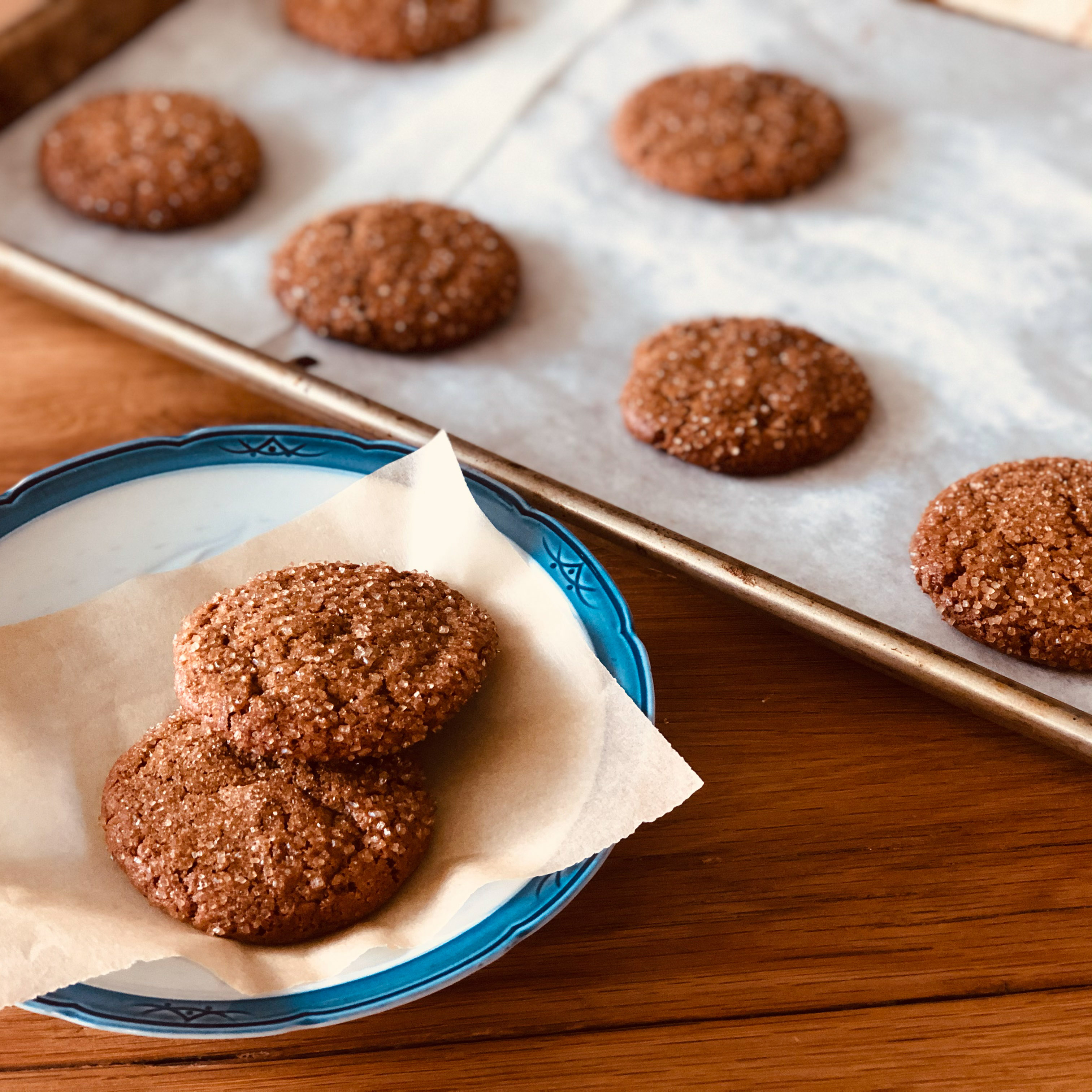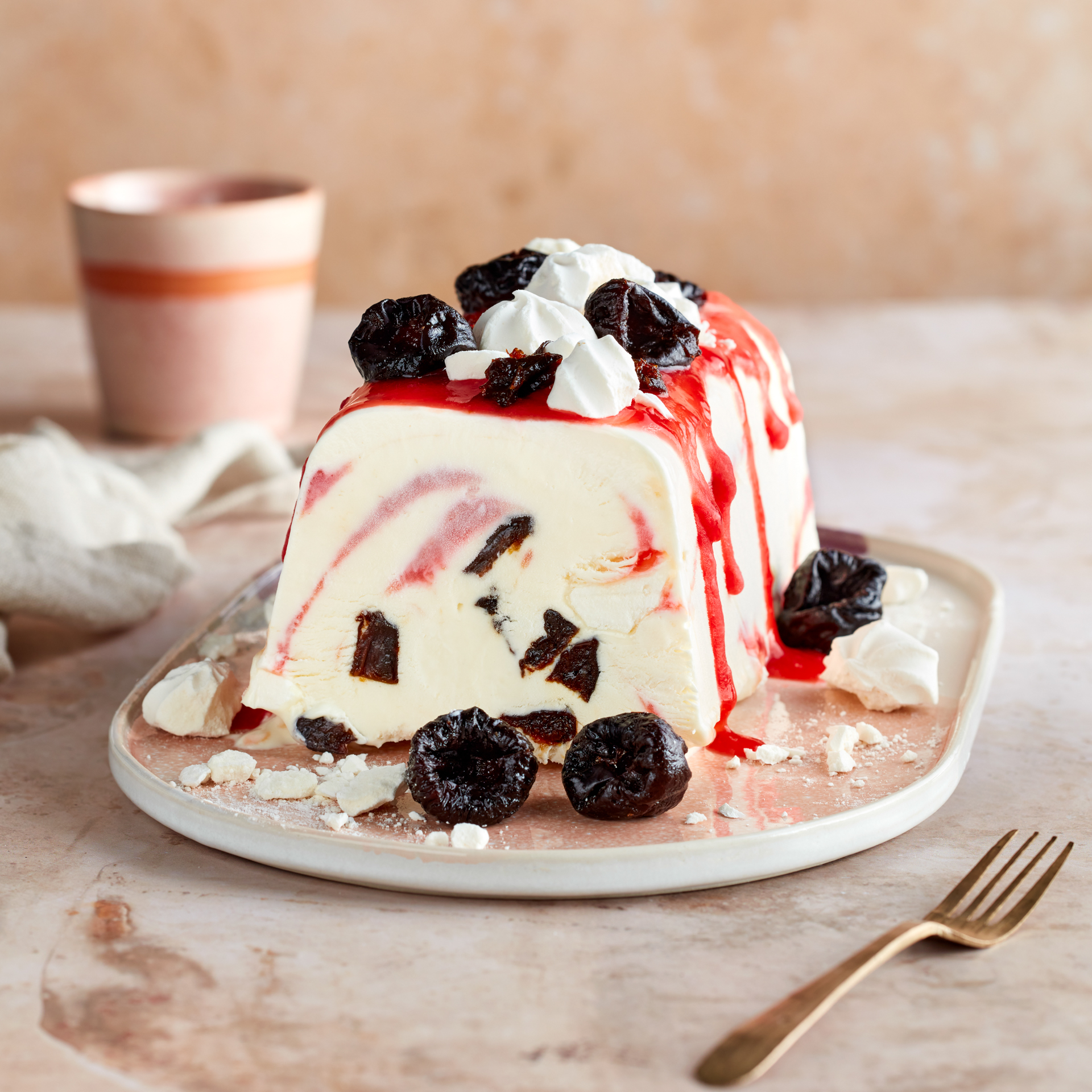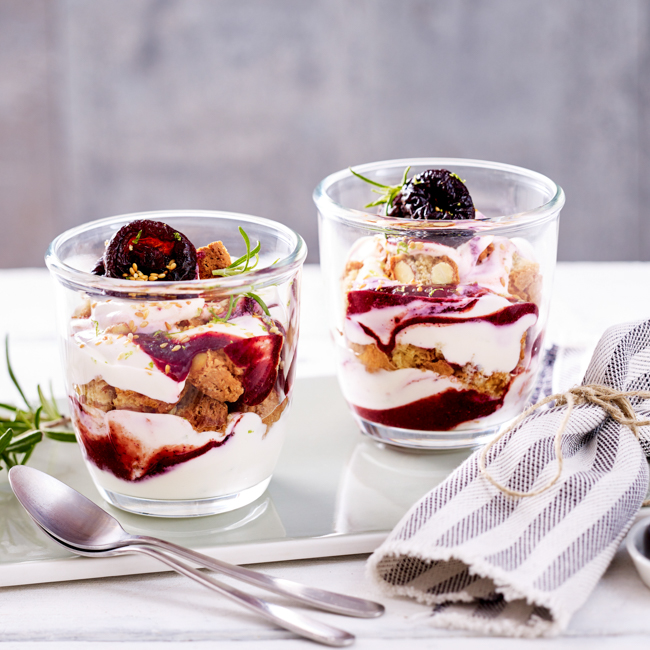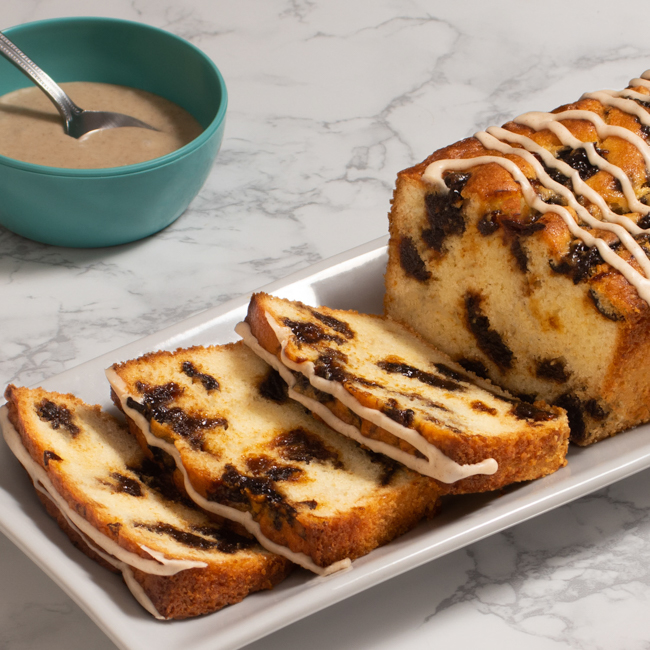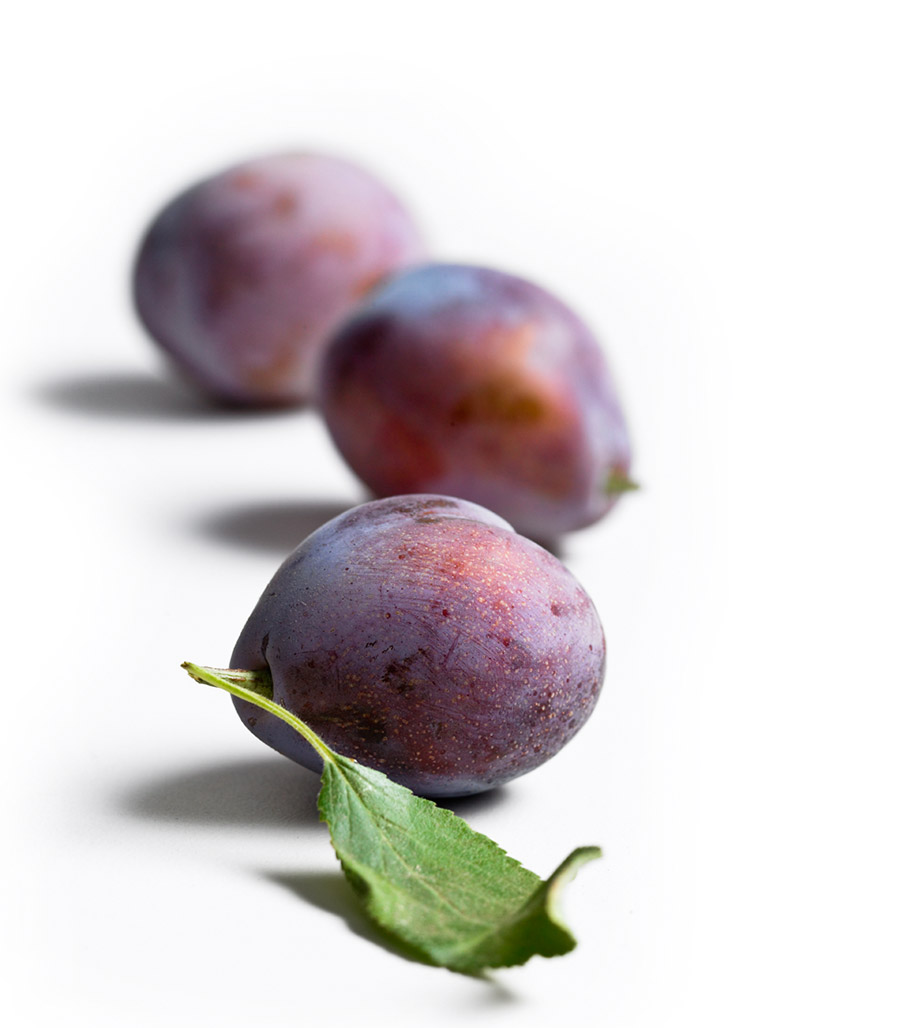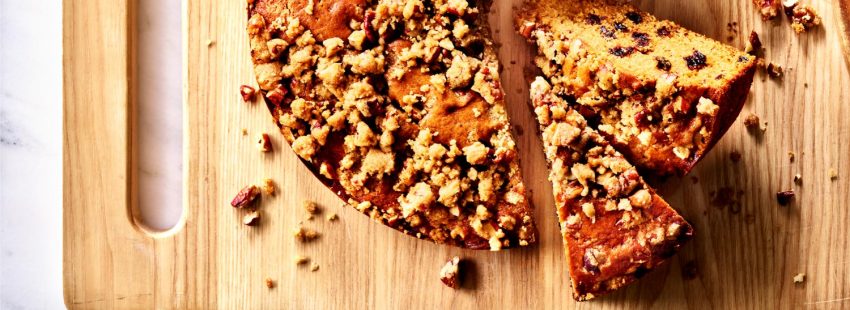
Consumers say they want healthier options, but they still are buying plenty of baked goods on the indulgent side. Fruit-forward flavor profiles and functional prune ingredients allow formulators to satisfy both demands. The results make creative additions to any coffee shop pastry case.
In the coffee cake pictured above, Diced Prunes and/or Prune Bits soaked in lemon juice can be folded into the batter to brighten flavor while Dried Plum Puree adds richness in place of some of the dairy in the original recipe. In these breakfast cookies, Dried Plum Puree adds moisture and sweetness to the cookie dough.
Prune ingredients from California are rich in sorbitol and pectin, ingredients that bind moisture and mimic fat. Meanwhile, the phenolic compounds in prunes can suppress rancidity, extending the baked product’s peak of freshness. Applications for these ingredients in baking include:
- Lowering sugar
- Lowering fat
- Adding moisture
- Increasing caramelization and browning
- Lowering bake times
Adding just 1 to 2% of a prune ingredient can be enough to give a product a flavorful, functional boost. In some recipes, you can also substitute prune puree and water in place of fat. For example, a recipe with 50g oil can be modified to include 25 g prune puree and 25 g water. Other adjustments may be needed depending on the formulation, but it’s a good place to start.
For more ideas for bakery, see our recipe collection.


 日本語
日本語 한국어
한국어